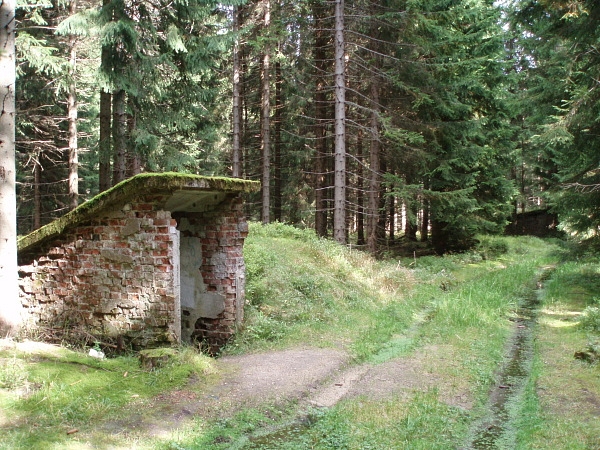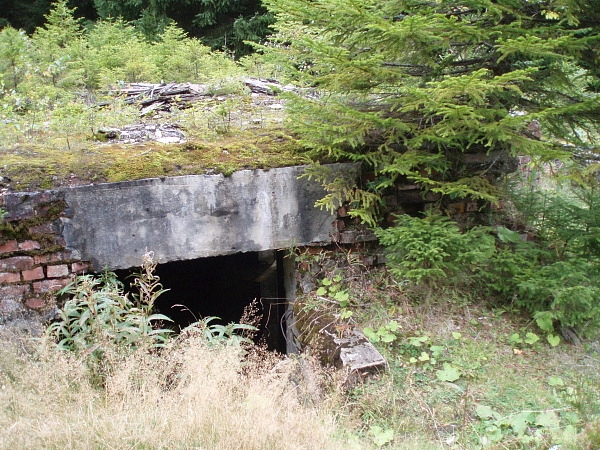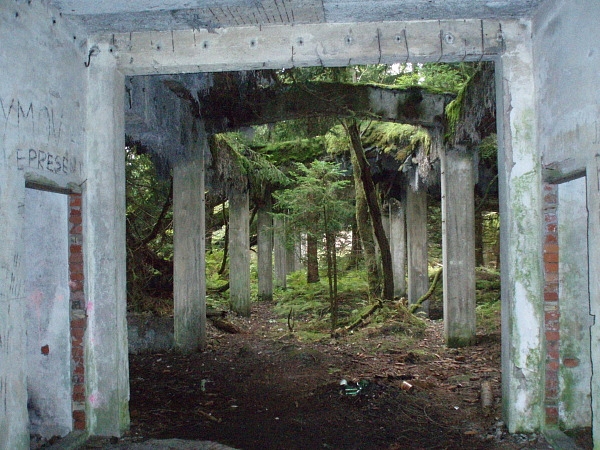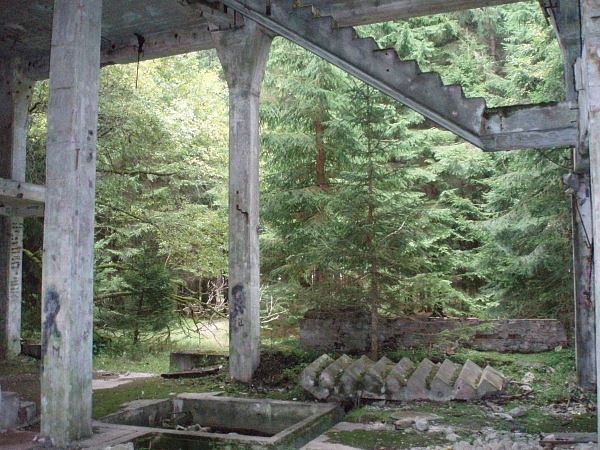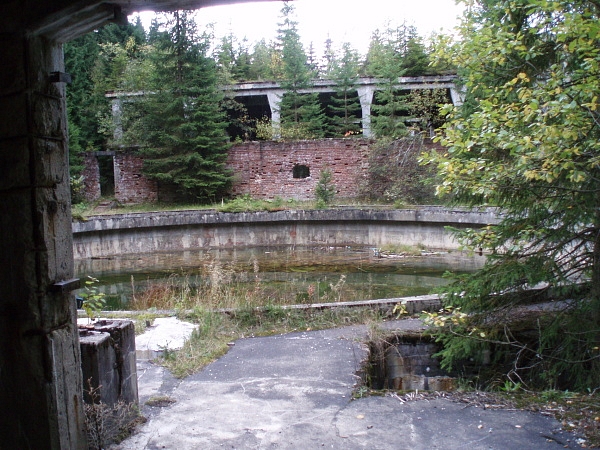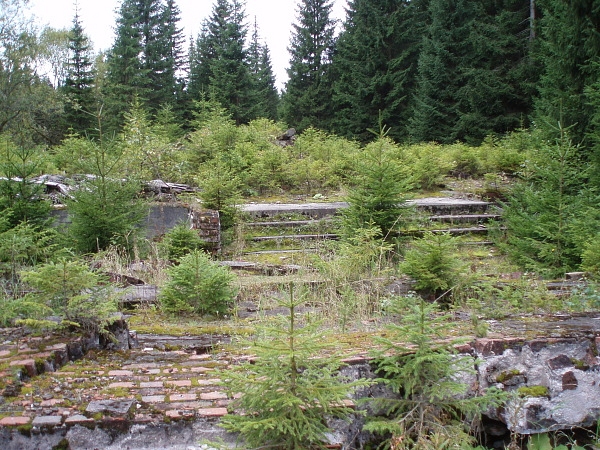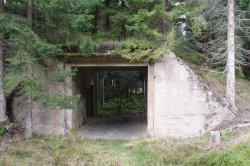Rolava prisoner of war camp
Our country is unique also due to the diversity of mineral wealth. We will find the remains of mining in almost every region. But there are places where human labor in mining minerals and ore resources has been multiplied by suffering and lack of freedom.
Information for visitors
Interesting facts Rolava prisoner of war camp
One of them is the former prisoner of war labor camp Rolava. We find it hidden in the forests of the Karlovy Vary region, in the area of heaths and swamps, near Přebuz. From here, the green markings will lead you to the signpost, where you will continue towards Jelení.
You will soon see the first remnants of the buildings of the former tin mining and processing plant among the trees. Construction of the complex began in 1940, was completed in 1942, and the Betrieb Sauersack complex with an area of about 1 km2 grew up in the Ore Mountains of the then Empire. It was crossed by a road, on one side there was an ore processing factory, a treatment plant, a sludge thickening pool, a mining tower, a transformer station, but also locksmith and electrical workshops, a smithy, a tailor's and shoemaker's workshop, a stable, an administrative building and other buildings. On the other side of the road was a prisoner of war camp, divided into two parts. One was for the Soviets, they had much tougher conditions than the prisoners in the other, which were the French, Italians, Greeks and others. In total, there were about 3,000 people, including 500 Ukrainian Nazis, who were crueler than members of the SS. However, data on the number of prisoners vary and their post-war fate is unknown. It was mined here at a depth of up to 176 meters and there are 14 km of corridors underground.
There are also unsubstantiated legends about this place. It is said that components for V2 missiles were produced in the local secret underground workshops. Another myth is that experiments were carried out on local prisoners and that a tank was drowned in nearby swamps. More recent is the story of how socialist border guards received word that a car with a West German license plate was heading for the camp. When the patrol arrived at the camp, they found a freshly dug pit in one place. The Rozvadov border crossing confirmed that a car that had been incriminated had passed through here a short time ago. What the car crew took from Rolava remains a mystery.
But the facts about the mine are clear. The method of termination of mining and work in general can also be documented. At the end of the war, the demarcation line advanced across the Sauersack. At that time, there was a rapid and mass flight of guards and subsequently prisoners. The hoppers are full of silent witnesses to this rapid escape and the use of regained freedom.
Currently, paintball and airsoft players use the place as their shooting range. When visiting the complex, watch out for your children and four-legged friends. There are plenty of depressions and inequalities. You can complete the walk by admiring the adjacent Rolavské vrchoviště.
Author: Ivana Dondová
